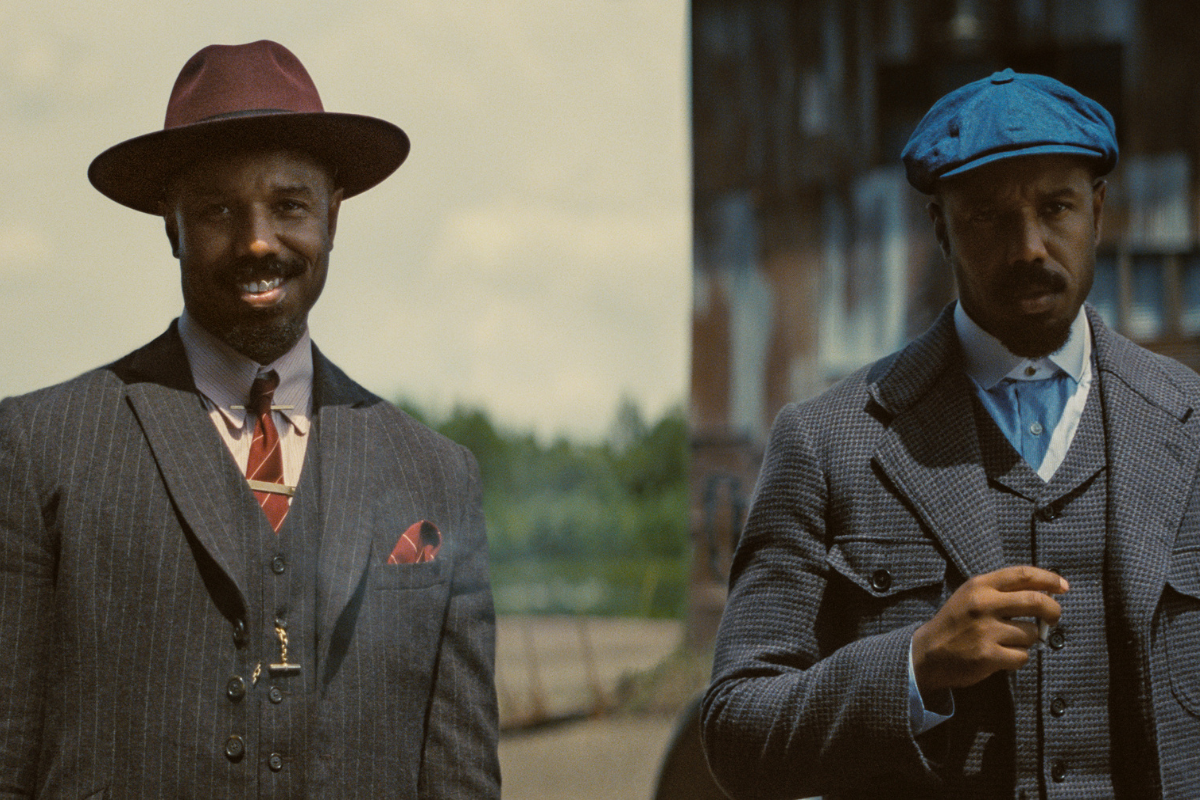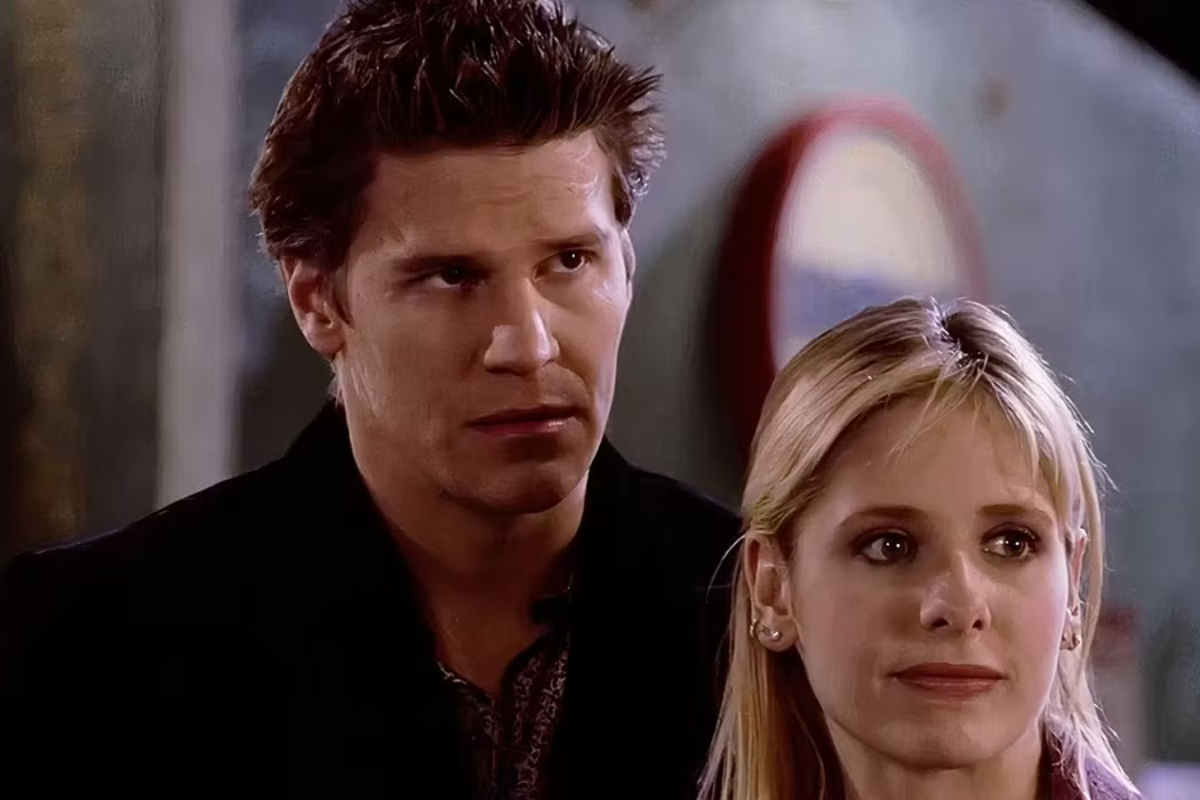Meet the Reader: “Warning, Warning”
I’ve been reading scripts for a long time and at this point I am usually able to tell after reading just a few pages whether a script is going to…
I’ve been reading scripts for a long time and at this point I am usually able to tell after reading just a few pages whether a script is going to be any good or not. “How is that possible?” I can hear all of you shocked and offended screenwriters out there saying, in horrified and disbelieving tones of voice. “Are you psychic? Do you have supernatural powers of perception? Or are you just incredibly arrogant?” No, I’m not any of those things (although some might disagree about the arrogant part), but after having plowed through well over a thousand scripts in the course of my career, I have come to learn that the appearance of certain elements in a script usually indicates that there’s going to be trouble ahead. Most of the other readers I know agree, so, as a public service to all of you out there seeking to improve your work and make sure that your script is well received, here are some of (what are for me) the warning signs of a (possible) bad script:
1. The script sets up one story in the first act, but then switches to a totally new one in the second.
This is usually a sign that the writer has been unable to figure out how to properly flesh his premise out into a fully realized, three-act story. Panicking, he/she switches gears and goes off on an entirely new tangent using the same characters and settings in the hopes that no one will notice. The problem, of course, is that, by setting your readers up for one story but then delivering another, you are going to leave them feeling disappointed and dissatisfied no matter how interesting the new tangent proves to be. It’s simply bad craftsmanship and, as I’ve said before in these pages, it’s the most common script problem I encounter and the main reason why I pass on 90% of the scripts that I do.
2. I’m on page 25 and I have no idea where the script is going.
This usually means that the writer hasn’t figured out what story he wants to tell or how to tell it if he has. And if the author can’t figure things out, then there’s no way we’ll be able to.
3. I’m on page 25 and I know exactly where the script is going.
This is usually a sign that the writer has chosen to tell an extremely clichéd story in the most clichéd way possible. While the resulting scripts can often be competent, they’re usually aren’t very interesting.
4. The first page is one big block of type.
This usually indicates that the writer has bogged the script down with way too much detail (usually devoted to describing the most minute aspects of setting, costume, or cinematography -- none of which is the screenwriter’s job), which ensures that the forest of the story is going to get lost in the trees of description. It also means that the rest of the pages are bound to be as deathly dull and boring as the first.
5. The first scene goes on for twenty pages (or what feels like twenty pages).
This is usually a sign that the writer has no idea how to pace his story, which means that the rest of the scenes are going to drag on at a uniformly leaden rate.
6. The first ten pages are nothing but dialogue.
This shows that either the writer thinks he is writing a play (which should be mostly dialogue) or else hasn’t figured out how to visualize her material. In either case, the resulting script is certain to be stodgy, static, and uncinematic.
7. The script is filled with endless descriptions of shots or camera movement.
This usually means that the writer is an aspiring director more interested in how the potential film is going to look than in the story it is supposed to be tell. Even when the tale is a good one, breaking it down into such minute fragments can cause the reader to get so lost in the detail that he/she loses total track of the story. I have often found that scripts like this border on being incomprehensible.
8. The spelling and grammar are horrible.
Screenwriting isn’t the sixth grade, so if your story is good, you’re not going to earn a “pass” simply because you’ve improperly conjugated a verb or misplaced a few periods, but it has been my experience that, when such a minor element of the work is bungled (at least enough to be noticed), it usually means the larger ones have been as well.
9. Proper screenwriting format is not observed.
Again, if your story is good, your script isn’t going to get tossed if you don’t insert the correct setting slugs, but, as with spelling and grammar, if a writer has not paid proper attention to the basic elements of the craft, it usually means he hasn’t paid attention to the bigger ones either.
10. There are ten flashbacks in the first five pages.
I’m not talking here about the dramatically valid practice of starting a story in one time period and then flashing either forward or back to relate the balance. Rather, I am talking about the practice of starting the script in a specific time and then almost immediately -- and often quite frequently -- flashing back to a time just prior to that to fill us in on some vital exposition we need in order to understand what’s going on in the present. This is an incredibly ham-fisted and amateurish technique that has become almost ubiquitous in modern screenwriting. I think many of the writers that do this think they are telling a story in an unconventional way (because linear storytelling is, for reasons I don’t quite understand, is now considered old-fashioned and old-hat), but to me it is usually a sign that they have no idea how to creatively incorporate exposition into the body of the work. Not surprisingly, it has also proven to be a sign that the writer has no idea how to develop the other aspects of his/her story as well.
A word of advice: if you can’t get through even a few pages of your story without flashing back at least once, then odds are that you have chosen the wrong place to begin your story. Best to back things up and get the ball rolling sooner.
11. The script is over 120 pages long.
That a script should never run more than one hundred twenty pages (these days the preferred length is actually more like one hundred ten) is one of the oldest rules of screenwriting and for good reason -- with one page of script equaling approximately one minute of screen time, it’s the perfect length for a two-hour film. Unfortunately, this is also one of screenwriting’s most ignored rules as well. One reason for this is a lack of skill – the writer has been simply unable to figure out how to tell his story in a reasonable amount of time. Another is pretension – the writer is convinced that he is telling an epic story, one that justifies taking an extremely long time to tell. (NOTE: in all my years of reading scripts, I have found exactly one that justified running longer than one hundred twenty pages. One.). The third is hubris – the writer thinks that either his story or his writing is too precious to be cut. Whatever the reason, the result is a script that is almost inevitably ponderous, poorly paced, and really, really boring.
12. The script is written with too much “attitude.”
The writing in most screenplays is pretty basic, and for good reason – a screenplay is a blueprint, not a finished piece of literature. A few screenwriters – most famously William Goldman and Shane Black – have employed a looser, hipper screenwriting style – full of quips, asides, in-jokes, and winks at the reader. This style can be entertaining and both of these writers are very adept at it. Unfortunately, their success has inspired others who are much less adept at it to employ this style as well. The results are scripts teeming with “attitude” – writers trying so hard to impress us with how clever they are that they forget to apply all that cleverness to the material. The result is scripts that are often fun to read (although not always – continual smart-aleckness can get old pretty quickly) but ultimately not that interesting.
13. The script makes me sick.
I’m not a prude. I realize that there’s a place for gross-out humor and graphic violent action and sexual content. The problem for me comes when there’s too much of it. The purpose of such material is to shock, but too many shocks – especially when the material is of an exceptionally explicit nature -- can cause readers to either feel pummeled to the point where they want to avert their eyes, or else the repeated exposure desensitizes them to the point where they become numb rather than impacted. Either reaction severely diminishes the material’s shock value and, thus, the script’s effectiveness. In such matters, the old adage is always true – less is more.
14. The script is about screenwriters.
I can’t emphasize this enough – nobody cares about screenwriters! Or, more specifically, the movie going public isn’t interested in paying good money to watch the personal and professional struggles of screenwriter and most readers (screenwriters themselves) aren’t interested in reading screenplays about them. The topic is simply too insular and the scripts about it inevitably too self-absorbed. Yes, I know. Adaptation was great, but most of us are not Charlie Kaufman and his script was certainly not the typical screenwriter’s lament (i.e. a brilliant creative artist is beat down by the system until he finally strikes back at the system and teachers Hollywood a lesson about the importance of art. Yeah, right). And as good as Adaptation was, nobody went to see it except other screenwriters, which brings me back to my original point.
Does this mean that if a screenplay contains one or more of these elements, it’s guaranteed to fail? No, of course not – there are always exceptions. But it’s probably not a good idea to pin all of your hopes on being an exception. Instead, it’s better to identify and address problems before you submit your script. Once they have been given a “pass,” rejected scripts are rarely given a second read, so you want to do all you can to ensure that you make a great first impression. It’s my hope that this list will help you do so.
*****
I’ve got yet another new book out -- A Quick Guide to Television Writing. It’s a fast, easy-to-read primer on the nuts and bolts of writing for TV that will provide you with a simple, understandable introduction to the core concepts of dramatic writing and their application to the television writing process; a summary of the important principles of writing for the small screen, and some handy advice about the art, the craft, and the business of creating scripts for television. The book is published by Limelight Editions and you can get it here. It makes a great companion piece to my last book, A Quick Guide to Screenwriting. Get ‘em both today.
Copyright © 2013 by Ray Morton
All Rights Reserved
No portion of this article may be copied, reprinted, or reposted without the permission of the author
However, feel free to link to this piece to your heart’s content
Need Help Outlining Your First Draft? Get our FREE Story Structure Tips Download
Related Articles:
- More Meet the Reader articles by Ray Morton
- Meet the Reader: A Few Things We'd Like You to Stop Doing
- Meet the Reader: 12 Signs of a Promising Spec Script
Tools to Help:
Ray Morton is a writer and script consultant. His many books, including A Quick Guide to Screenwriting, are available online and in bookstores. Morton analyzes screenplays for production companies, producers, and individual writers. He can be reached at ray@raymorton.com. Twitter: RayMorton1







